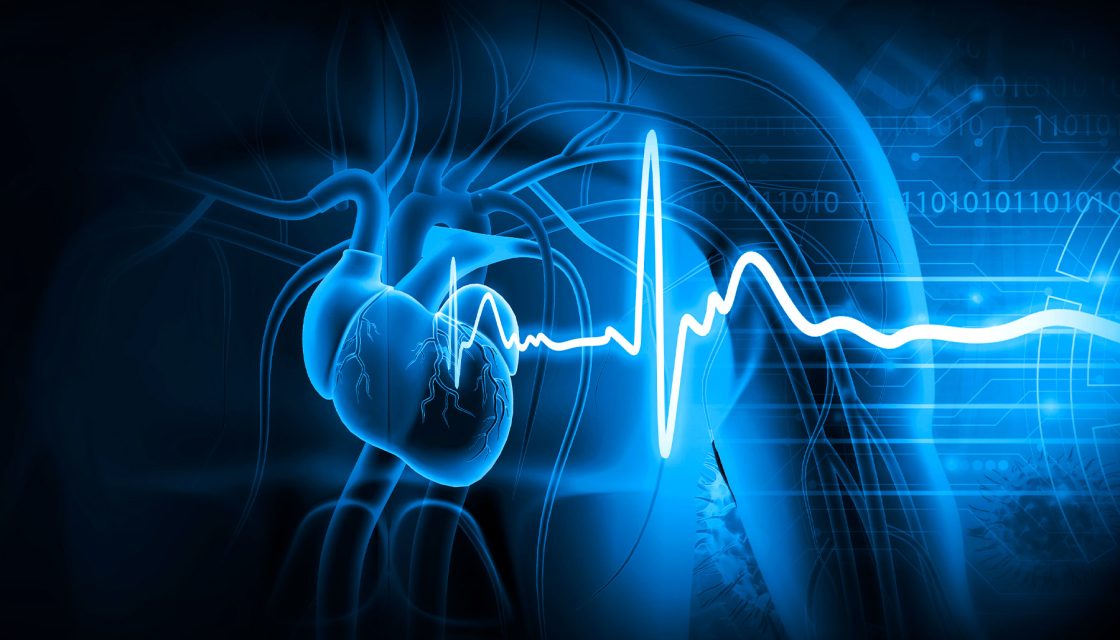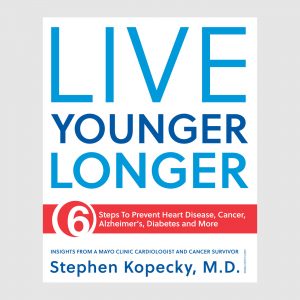
Chest pain is a symptom of a number of conditions, some of which are quite dangerous or even deadly. Moreover, you can’t reliably determine on your own what might be causing chest pain you may be experiencing. In some cases, what seems like minor discomfort can be a heart attack or another serious health problem. According to Venkatesh Bellamkonda, M.D., an emergency medicine doctor at Mayo Clinic, “It’s generally better to err on the side of caution and seek emergency care in almost all cases.”
Signs of a heart attack are not always obvious
Most commonly, a heart attack occurs when the flow of blood to the heart is severely reduced or blocked. The blockage is usually due to a buildup of fat, cholesterol and other substances in the heart’s arteries.
Many people are familiar with heart attack symptoms in the chest, such as feelings of pressure, tightness, pain, squeezing, fullness or aching. Pain and discomfort also can spread throughout the body — typically to areas below the nose and above the belly button, such as the shoulders, arms, back, neck, jaw, teeth or upper belly. Other possible symptoms include nausea, vomiting, sweating, heartburn, indigestion, fatigue, weakness, lightheadedness, dizziness and shortness of breath.
Some people may have very mild symptoms or no symptoms at all. Always seek emergency care if you experience new or unusual chest pain, tightness or discomfort; shortness of breath; or difficulty breathing — especially if you are older or have other medical conditions.
Don’t ignore or explain away symptoms, even mild ones. Immediately call 911 or your local emergency number. If you don’t have access to emergency medical services, have someone drive you to the nearest hospital, as a heart attack can cause you to pass out. Don’t drive yourself unless you have absolutely no other options.
What causes chest pains other than a heart attack
There are many potential causes of chest pain on the left and right side of the body. Sometimes the pain has nothing to do with your heart and could stem from something quite different, such as a lung, stomach, gallbladder or pancreas problem. Conditions that can cause symptoms such as sharp chest pain, shortness of breath, and pain that appears or worsens with breathing include:
• Aortic dissection — This is a serious condition in which a tear occurs in the inner layer of the body’s main artery. Symptoms include chest pain that is sudden, severe, and feels sharp or like ripping or tearing. Other symptoms include pain in the back or stomach, shortness of breath, and symptoms similar to those of a stroke, such as difficulty speaking, weakness or loss of movement on one side of the body.
• Pulmonary embolism — This is a blood clot that blocks and stops blood flow within an artery of the lung. You may feel this pain when you breathe in deeply.
• Pericarditis — Pericarditis is swelling and irritation of the thin, saclike tissue surrounding the heart. This condition can vary from mild to moderately intense. This pain is usually worse when lying down and gets better when sitting up or leaning forward. Sometimes, this condition can cause fluid to build up around the heart, which can make the situation more serious and cause shortness of breath or fainting.
• Pneumothorax — This is a collapsed lung. It occurs when air enters the space outside of the lung, pushing on the lung until part or all of it collapses. This can happen without a trigger but more often is caused by a chest injury, medical procedure or damage from lung disease. A small pneumothorax may heal on its own, but the condition often needs to be treated by inserting a needle or tube between the ribs to remove the excess air.
• Pleurisy — This is inflammation of the membrane covering the lungs. Many things can cause pleurisy, including flu (influenza) and other viral infections, certain medications, and autoimmune conditions such as rheumatoid arthritis or lupus.
• Shingles — This viral infection causes a painful rash. It can appear anywhere on the body but often appears as blisters wrapping around one side of the torso, causing pain in the chest area. Often, the pain occurs several days or even a week before the rash is visible. This can cause chest pain that appropriately leads to seeking emergency care, with the diagnosis becoming more apparent when the rash appears later.
• Cholecystitis — This is inflammation of the gallbladder and usually involves gallstones. Often, cholecystitis causes pain in the right upper abdomen, center or right chest, or the right shoulder and back. It also may cause nausea, vomiting and sweating. Surgery to remove the gallbladder is a common treatment.
• Pancreatitis — This is inflammation of the pancreas and can occur for a variety of reasons. The symptoms can be so variable that pancreatitis is often nicknamed “the great mimicker” among doctors, Dr. Bellamkonda says. One more- common symptom is gnawing pain in the upper abdomen or lower chest that seems to extend to the back.
Other possible causes of chest pain include acid reflux, a panic attack, strained muscles or bruised ribs. While typically not as dangerous, these causes can be all-too-easily confused with a heart attack or other serious conditions. Open communication with your healthcare team is important to diagnose the cause of chest pain, Dr. Bellamkonda says.
Determining the cause of chest pains
To determine the cause of chest pain, your healthcare team may perform the following tests to reach a diagnosis:
• An electrocardiogram (ECG or EKG) — This test quickly measures the electrical activity of the heart and may help show if you have had or are having a heart attack. It’s typically the first test you receive if you are presenting to the emergency department with chest pain. This test may be repeated in some cases.
• Blood tests — Blood tests can look for certain heart proteins — known as troponins — that leak into the blood after heart damage from a heart attack. These may be repeated after several hours to observe any changes.
• Imaging tests — An X-ray of the chest shows the condition of the lungs and the size and shape of the heart and major blood vessels. X-rays can find problems such as pneumonia or a collapsed lung. Computerized tomography (CT) scans can diagnose a pulmonary embolism or an aortic dissection. Other imaging tests also may be used to diagnose the cause of chest pain.
Depending on the results of your tests, additional testing may be needed.
Open communication with your healthcare team is important to diagnose the cause of chest pain, Dr. Bellamkonda says.
“Share what your new symptoms are, what your goals for the visit are, what you are worried may be happening, and ask any other questions that you have,” says Dr. Bellamkonda. “This will help you get the most from your emergency department visit for these conditions.”

Relevant reading
Back and Neck Health
Back and neck pain are common complaints. When you think of all of the work that your back and neck do each day — constantly moving, bending and twisting as you go about your day-to-day activities — it’s not surprising that problems develop. But just as doing too much can…



















